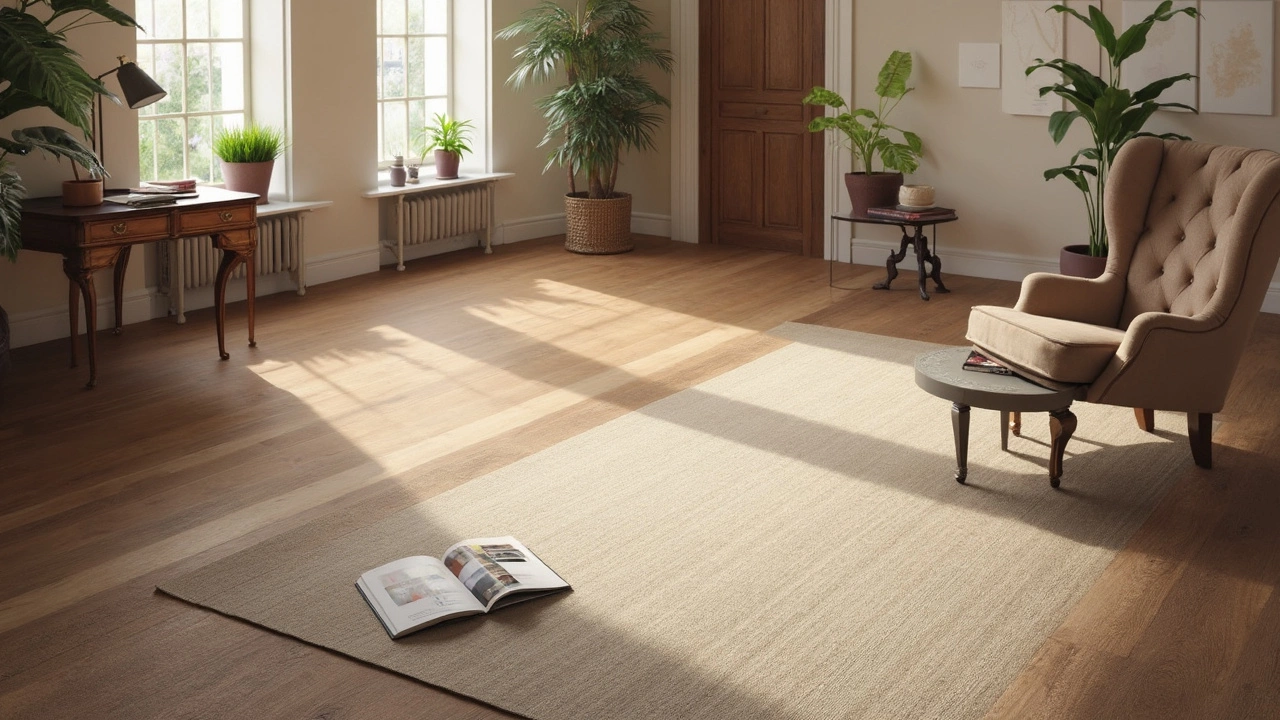New Build Flooring: What You Need to Know
Choosing flooring for a new build feels like a huge decision, but it doesn’t have to be stressful. The right floor can lift the whole house, hide minor imperfections, and last for decades. Below you’ll find the most common options, how to install them properly, and simple care tricks that keep them looking fresh.
Pick the right flooring material
Start by matching the floor to the room’s use, budget, and style. In the UK, moisture is a big factor, so basements and bathrooms need water‑resistant choices. Living areas can handle something softer and warmer underfoot, while kitchens benefit from durability. Think about long‑term maintenance too – some surfaces need regular sealing, others only a quick sweep.
Solid oak hardwood gives a classic look and can be sanded a few times over its life. It’s sturdy, but it reacts to humidity, so you’ll need a stable sub‑floor and a good seal. If you love the look of real wood but worry about expansion and contraction, consider engineered wood.
Engineered wood has a thin real‑wood veneer over a stable plywood core. It handles moisture changes better than solid timber, making it a safe bet for ground‑floor rooms and first‑floor extensions. Installation is usually a click‑lock system, which saves time and cuts waste.
Laminate flooring mimics wood or stone at a fraction of the cost. Modern laminate is scratch‑resistant and easy to clean, but it can’t be refinished. If you want a cheap, good‑looking floor for a guest bedroom or hallway, laminate works well – just make sure the underlay limits any squeak.
Luxury Vinyl Tile (LVT) is the go‑to for high‑traffic zones and wet areas. It’s waterproof, soft underfoot, and comes in realistic wood or stone prints. LVT can be glued down or floated, and it hides minor sub‑floor imperfections, which is handy in new builds where the concrete may settle.
Installation basics for new builds
Even the best material looks cheap if it’s installed wrong. First, check the sub‑floor for level and moisture. Concrete should be dry (less than 5% moisture) and flat within 3 mm over a 2 m span. Use a moisture barrier where required, especially under timber floors.
Let the flooring acclimatise in the room for at least 48 hours before fitting. This prevents warping later on. If you’re using a floating floor, leave a 10‑mm expansion gap around walls – it allows the floor to move with temperature changes without buckling.
DIY installation can save money, but complex rooms with many cuts or heated floors often need a professional. A qualified installer knows how to handle under‑floor heating, which has specific temperature limits for different materials.
After the floor is laid, protect it for the first few weeks. Avoid dragging heavy furniture and use felt pads under legs. A quick sweep and a damp mop (or manufacturer‑approved cleaner) will keep dust from scratching the surface.
In the long run, regular maintenance extends the life of any floor. Sweep or vacuum weekly, mop with a pH‑neutral cleaner, and reseal wood floors every three to five years. For LVT and laminate, a simple wipe‑down is enough unless the surface gets stained.
Choosing the right flooring, installing it correctly, and keeping up with basic care will make your new build feel right from day one. Whether you go for timeless hardwood, low‑cost laminate, or waterproof luxury vinyl, you now have a clear roadmap to the best floor for your home.

